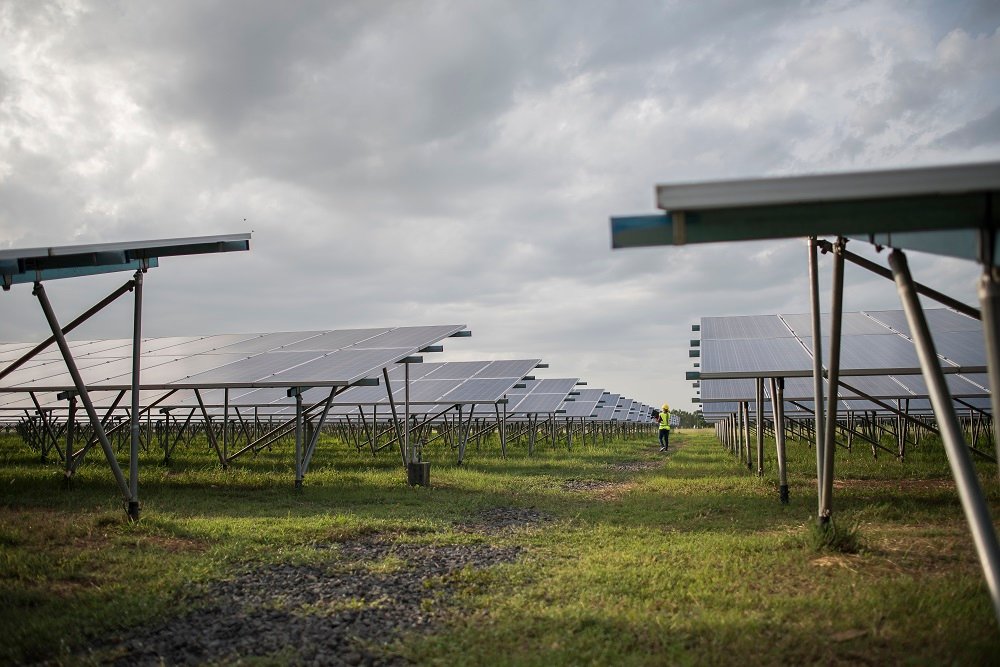ProductsProducts
High-quality Solar Products
A solar power producing system that is connected to the utility grid is called an “on-grid” system. The grid receives the electricity the system generates and uses it to power the numerous gadgets.
A solar energy system that is off-grid does not rely on the electrical grid to generate power. Photovoltaic(PV) panels are commonly used in this kind of system to turn sunlight into power.
Combines solar energy with other power sources, such as the traditional electrical grid or a backup generator. This setup offers greater flexibility and reliability compared to a standalone solar system.
A solar water pump is a photovoltaic technology application that transforms solar energy into electricity to operate the pumping mechanism, displacing diesel-powered models and their unpredictable grid supply.
Outdoor lighting that is solar-powered is illuminated by the sun. When the sun is up, a solar panel captures solar energy, charges a battery, and then powers a fixture light.
Vendor Evaluation and Procurement: Help clients select reliable suppliers, contractors, and installers for high-quality equipment and installation services.
Solar installation and commissioning refer to the processes of setting up and making a solar power system operational. These steps ensure that the solar panels and related components are installed correctly, tested, and functioning as intended.
EPC Development refers to the Engineering, Procurement, and Construction process in large-scale projects, including solar energy developments. EPC contractors are responsible for the design, material sourcing, and construction of the project.
AMC stands for Annual Maintenance Contract, an agreement between a service provider and a client to provide regular maintenance and support for systems or equipment. In the context of solar energy systems, an AMC ensures that the solar power installation operates efficiently.
An automatic cleaning system for solar panels uses sensors, water jets, or brushes to remove dust and debris without manual intervention. It enhances energy efficiency by maintaining optimal panel performance, and ensuring consistent power generation in various weather conditions.



















